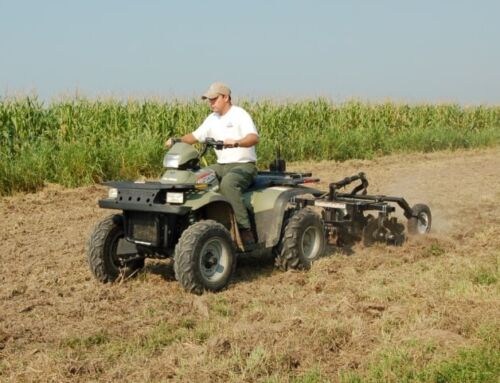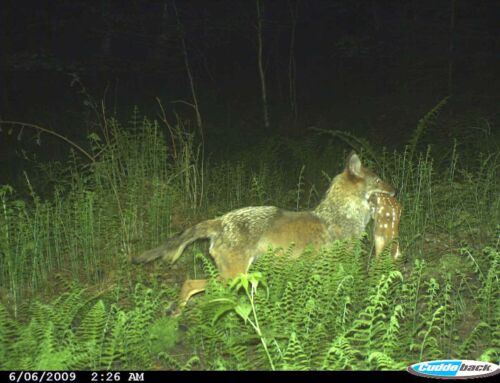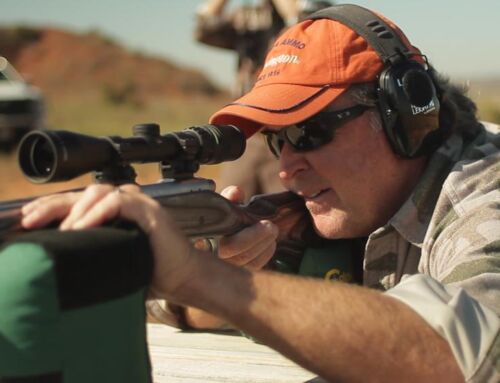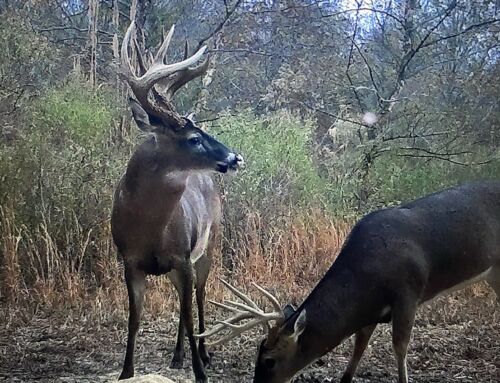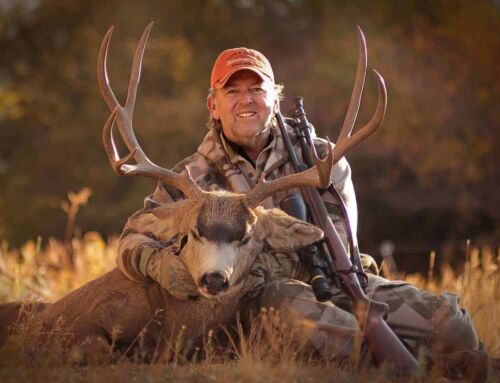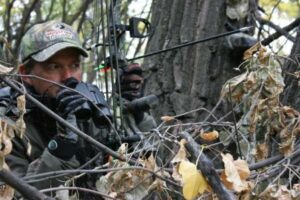 I’ve frozen my fanny off way too many days in a tree stand in December. Nowadays when I’m desperately trying to fill my last tag I sit on the ground. It’s warmer down there, and if you set up right, you also have better hiding cover. The keys are to keep your blind small and tight, and to build it in just the right spot downwind of where you expect to see deer.
I’ve frozen my fanny off way too many days in a tree stand in December. Nowadays when I’m desperately trying to fill my last tag I sit on the ground. It’s warmer down there, and if you set up right, you also have better hiding cover. The keys are to keep your blind small and tight, and to build it in just the right spot downwind of where you expect to see deer.
Location: You can plop down anywhere and shoot a buck at 150 yards or farther with a .270. But when you’re using a slug-gun or a muzzleloader and hoping for an ideal shot of 100 yards and in, where you sit becomes more important. If you’re bowhunting, blind location is downright critical.
No. 1 thing to remember: Do not set up where deer will walk straight at you through the bare winter woods. If an old doe catches you move or simply sees your blind as some strange blob that wasn’t there yesterday, she’ll either spook outright or back off and skirt you. Any buck behind her will probably do the same.
Instead, set up where animals will walk past your blind at an angle, either quartering-on or, better, quartering away. This way, a doe or buck won’t see your blind’s outline from the get-go and get suspicious. If and when an 8-pointer walks into range, you’ll be out of his direct line of sight when you draw your bow or shift your gun. And finally, he’ll be in good position for a shot, either quartering or broadside.
Dimensions: You can get away with a big brush blind or even a pop-up early in the season, but not in December. Like I said, if a buck looks down through the open woods and sees a dark, out-of-place blob you’re doomed. So keep your hide small and tight, about 50 inches high and 30 inches wide. This way you can sit in it and gun hunt with optimum cover, or stand and bowhunt with just enough cover.
Cover: Simply use what natural cover you have: sticks in the woods, cedars in CRP, corn stalks or switch-grass around fields…you get the idea. It’s all about looking small and blending in.
Set-up specifics: When gun hunting, I sit either on the ground on a small folding stool with my back against a tree as wide as my body. That back cover is most important. Adhering to the dimensions above, I craft a small fort of sticks, grass and the like around me. Great tip: Use your boots to clear the leaves around your feet down to the dirt, so you can sit and turn quietly. Take those piles of leaves and sprinkle them over and in the blind sticks to further break your outline.
For archery hunting, I stand behind a tree about 20 inches wide. I try to put another wide tree or, better, a copse of several trees three or four feet behind me. This gives me the required back cover, and I can crouch hidden behind the front tree until it’s time to draw and shoot. I usually build a small screen of sticks and brush to the sides, but again I keep it tight and small.
Accessories: My little stool gives me a couple feet of elevation to see and shoot a buck that comes mincing through the woods. You often need that extra height, so packing a stool can be wroth the hassle. I always use a monopod or shooting sticks for a rock-solid gun rest.
I often use the stool when bowhunting to take a load off until the deer start to move. Then I stand and remain standing. I screw a utility hook or a specialized arm-type bow holder in the front tree, and hang my compound on it at shoulder height. When I see a deer I lift it off the hook with little noise and movement, two big keys to success when you’re trying to whack one last deer of the year from ground zero.

